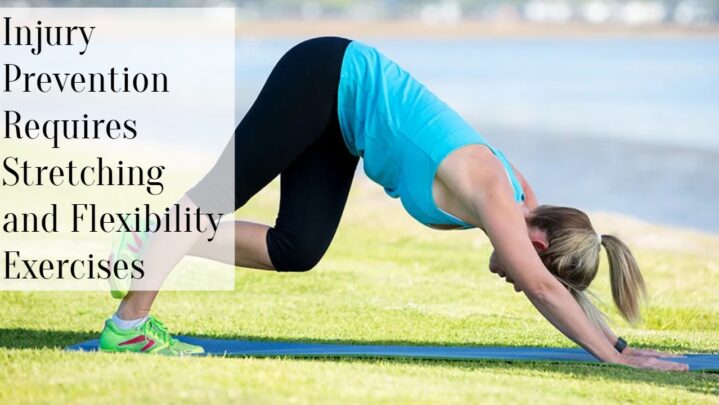Physical activities such as sports and exercise can place a strain on our bodies, resulting in injuries. Incorporating stretching and flexibility exercises into our regular routines is one of the most effective strategies to prevent injury.
Stretching and flexibility exercises serve to improve posture, enhance range of motion, reduce muscular tension, and promote blood flow to the muscles. We can lower our risk of injury during physical exercise by increasing these areas of our physical health.
Stretching and flexibility exercises assist to enhance the suppleness of our muscles and connective tissues, which is one of their most essential benefits. Because of this enhanced suppleness, our muscles can extend further without causing harm or injury. Furthermore, stretching can assist to enhance our balance and coordination, both of which are crucial variables in avoiding falls and other mishaps.
Stretching and flexibility exercises may be incorporated into a daily routine in a variety of ways. Static stretching is defined as retaining a stretch for an extended length of time, and dynamic stretching is defined as moving across a range of motion. Ballistic stretching, which involves bouncing or jerking motions, and proprioceptive neuromuscular facilitation (PNF) stretching, which involves tightening and releasing muscles, are two more methods of stretching.
It is critical to highlight that stretching should be done correctly to avoid harm. Warm up thoroughly before stretching, and avoid jumping or abrupt motions. Stretch until you reach a point of tension, but not discomfort. Hold each stretch for at least 20-30 seconds before repeating it two to three times.





